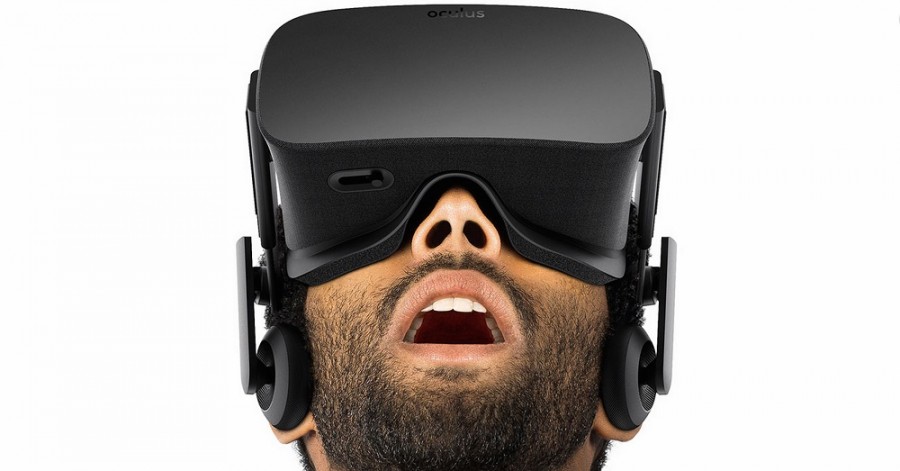Creating Virtual Reality: A Tech Race of Relevancy
January 11, 2016
Like many tech startups, Oculus Rift began in the garage of eighteen year old gamer, Palmer Luckey. Just 4 years ago, the sci-fi gamer was able to raise $2.4 million at a crowdfunding platform called Kickstarter. With this money, Luckey and a team of tech fanatics created countless models of visual gaming simulators and attracted the attention of many tech funders. Last March, Oculus got its big break when Mark Zuckerberg bought Oculus Rift for approximately $2 billion.
Oculus Rift has released its most advanced model yet, the Rift, which includes the first ever system that tracks head positioning of the user using infrared LEDs, a set of numb chuck like controllers, two gaming programs, and an Xbox One wireless gamepad. The system creates a unique gaming experience and also has a cinema mode. This device gives users the sensation of presence in virtually any environment due to its wraparound goggle design.
Virtual reality is projected to be the new tech phenomenon. With Facebook’s top competitor, Google providing major funding to Magic Leap, another tech startup run by CEO Roby Abovits based out of Florida that focuses on augmented reality. This secretive company’s chief mission is to explore human creativity and make the use of technology more personal as well as a force that brings users closer to reality rather than farther away. On their website, Magic Leap pledges to release their new Digital Lightfield which is described as a projector of realistic images in the environment of the user, no headset necessary.
Unfortunately, both Magic Leap and Oculus’s new technologies are so life like to users that they give some people motion sickness if used for extended periods of time. Oculus plans to refine this and other small issues with the release of their next model in 2 years that is in progress now. Although Magic Leap has not released anything yet, the company promises new things to come in the near future.

